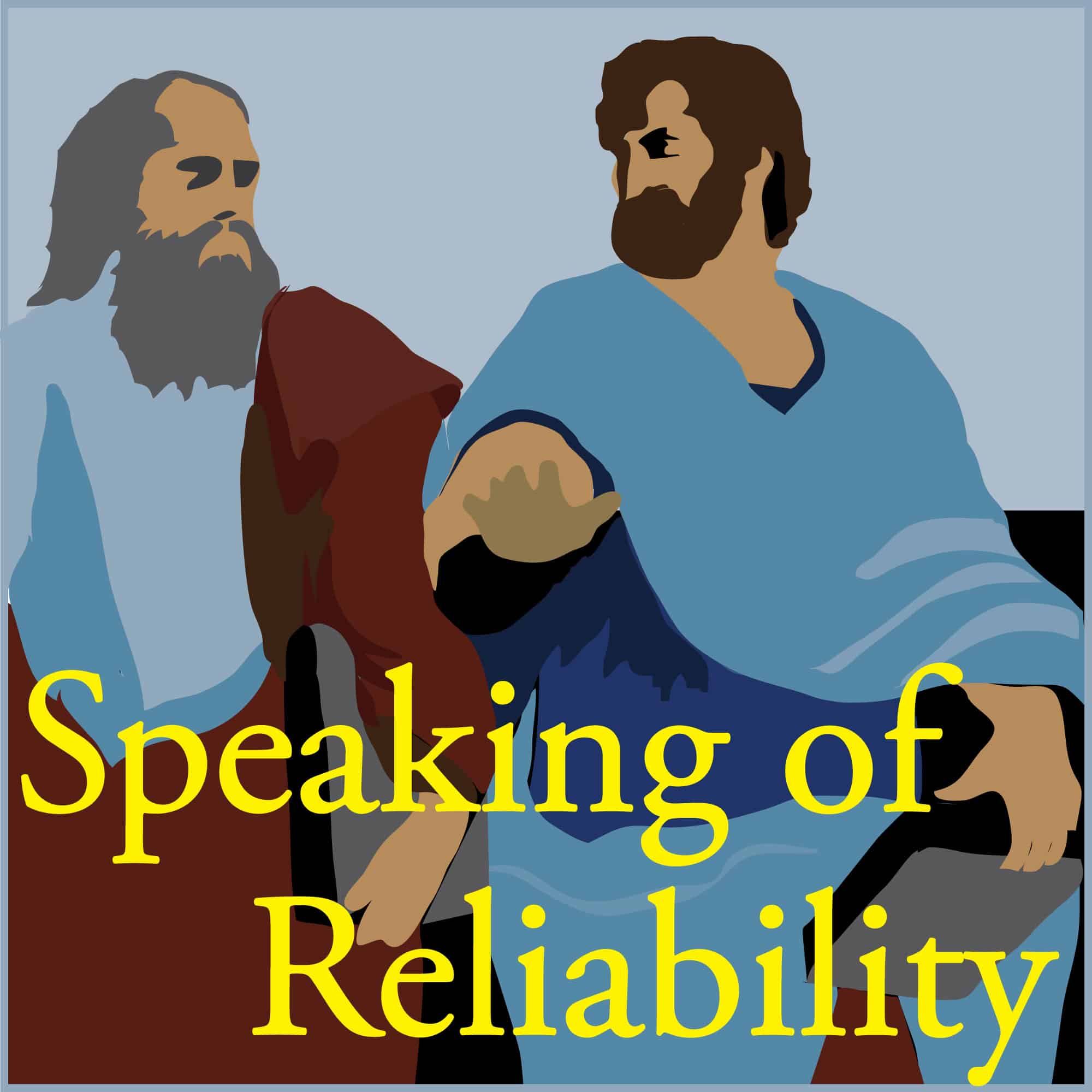

Speaking Of Reliability: Friends Discussing Reliability Engineering Topics | Warranty | Plant Maintenance
Reliability.FM: Accendo Reliability, focused on improving your reliability program and career
Gain the experience of your peers to accelerate improvement of your program and career. Improve your product development process, reliability or warranty performance; or your plant uptime or asset performance. Learn about reliability and maintenance engineering practical approaches, skills, and techniques. Join the conversation today.
Episodes
Mentioned books

Nov 25, 2024 • 0sec
SOR 1021 Influence vs Facilitation
Influence vs Facilitation Abstract Dianna and Fred discuss influence vs. facilitation and the difficulty of trying to do both at once. Key Points Join Dianna and Fred as they discuss influence vs. facilitation, comparing the roles of when you are a contributor vs. facilitating with peers. Topics include: The need to be a facilitator when […]

Nov 22, 2024 • 0sec
SOR 1020 8D with ‘G’
Delve into the world of structured problem solving with the 8 Disciplines method as Dianna, Fred, and their AI guest, G, tackle the nuances of root cause analysis. Discover the complexities of troubleshooting issues, like malfunctioning dishwashers, and how manufacturers can adapt to consumer needs. Explore the benefits of gamification in reliability engineering and the pivotal role of AI in fostering collaboration. Join the hosts as they share insights that promise to enhance understanding and motivation within the field.

Nov 18, 2024 • 0sec
SOR 1019 Can Manufacturing Improve the Design
Do you work in an organization where the design team never speaks to the manufacturing team? ... or where the design team keeps complaining that the manufacturing team only tells them what they can't do? ... or vice versa? ... or do you have another team that essentially redesigns everything to make it manufacturable? Listen to this podcast ...

Nov 15, 2024 • 0sec
SOR 1018 Calculate Equipment Reliability
What happens if we (think) we need to find the reliability of something with a small amount of data? What do we do? How do we find a number? How does this number help?

Nov 11, 2024 • 0sec
SOR 1017 Influence
Influence – How to Get It & How to Keep It! Abstract Greg and Fred discuss how to influence decision makers to get your ideas adopted and deployed. Key Points Join Greg and Fred as they discuss how to get your reliability and quality objectives adopted into a project. Influencing topics include: What are the […]

Nov 8, 2024 • 0sec
SOR 1016 Do it Right the First Time
Do it Right the First Time Abstract Kirk and Fred discuss the risks to reliability of having to rework or human handling of circuit boards and rework in general. Key Points Join Kirk and Fred as they discuss process control and hand soldering and how it increases the reliability risk compared to the original production […]

Nov 4, 2024 • 0sec
SOR 1015 Moisture Failure Mechanisms
Kirk and Fred dive into how moisture, particularly from saltwater, accelerates failures in various materials. They discuss the surprising leakage rates of O-rings and the hidden dangers of moisture in electronic encapsulations, leading to eventual failures. The impact of hail on solar panels is highlighted, along with the harsh realities of flooding on vehicles designed to resist rain. In dry climates, humidity becomes a double-edged sword, increasing risks for electronics. The conversation emphasizes the critical need for robust testing to understand and mitigate moisture-related issues.

Nov 1, 2024 • 0sec
SOR 1014 Overcomplicating Systems
Overcomplicating Systems Abstract Greg and Fred discuss how to reduce complexity in life and work. Key Points Join Greg and Fred as they discuss how complexity is over complicating our lives and work. What do you think? And most importantly, how do you react or respond to complex situations. Topics include: What types of complexity […]

Oct 28, 2024 • 0sec
SOR 1013 Two Approaches
The Boeing Starliner was used to transport a crew of two to the International Space Station (ISS). But there were problems. And it was deemed too unsafe to return them to Earth. So the Starliner returned to Earth without its crew 'safely.' So was it safe? What does it mean to be 'safe?' What does NASA think 'safe' is? What do you think 'safe' is?

Oct 25, 2024 • 0sec
SOR 1012 The Trouble with Habits
The Trouble with Habits Abstract Chris and Fred discuss the issues we often have with ‘habits.’ Habits can be good for us. But ‘bad habits’ are just that. Ever heard the excuse ‘but that’s the way we have always done it?’ Key Points Join Chris and Fred as they discuss how ‘habits’ dominate our lives […]


